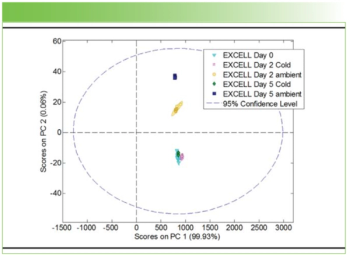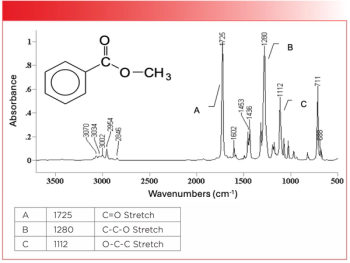
NASA Awards Xylem $300K Water Analysis Contract for Instrument to Detect Water on the Moon
The National Aeronautics and Space Administration (NASA) has awarded Xylem Inc., (White Plains, New York) a $300,000 contract to provide special mass spectrometry technology with a goal of detecting water on the moon.
The National Aeronautics and Space Administration (NASA) has awarded Xylem Inc., (White Plains, New York) a $300,000 contract to provide special mass spectrometry technology with a goal of detecting water on the moon.
NASA is currently developing a rover-based system under its Regolith and Environment Science and Oxygen and Lunar Volatiles Extraction, or RESOLVE, program to analyze moon dust for water and other chemical compounds on a possible future mission. Xylem will provide a miniaturized sector-field mass spectrometer that incorporates its technology for the detection of water and other target compounds.
“We are delighted that NASA has awarded Xylem this contract to help them further explore the moon,” said Chris McIntire, president of Xylem Analytics. “We are proud to be part of NASA’s continuing lunar exploration.”
Newsletter
Get essential updates on the latest spectroscopy technologies, regulatory standards, and best practices—subscribe today to Spectroscopy.





